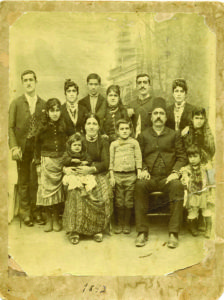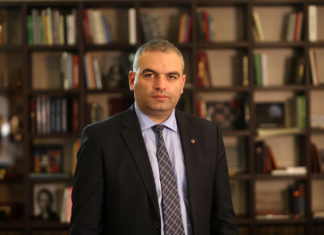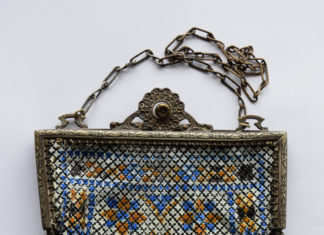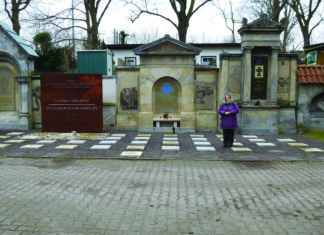 By Arthur Hagopian
By Arthur Hagopian
The little children sit enthralled, watching with baited breath the colorful biblical figures pirouette around the flannel-covered display board perching on its makeshift tripod.
The story being depicted in the 2D diorama is familiar to them: the Three Wise Men in pursuit of the elusive Star of Bethlehem. But the animation, created by the imposing pastor with the sonorous voice, is an altogether new experience for the motley Sunday class, of which I am one.
We can only gape open-mouthed, and keep coming back for more, half a dozen rowdy children from the Armenian Quarter, guests of the Evangelical church.
It is 1946, a brief spell before all hell breaks loose and the bombs start falling on our beloved Old City of Jerusalem in the first major Arab-Jewish conflagration.
We know hardly more than the pastor’s name, Jamil Chamichian, this magical story-teller who, like his Savior, we learned later, had been a carpenter in a neighboring country. His ancestors had hailed from the distant land of the Peacock Throne but had been expelled and forced to find refuge elsewhere.






